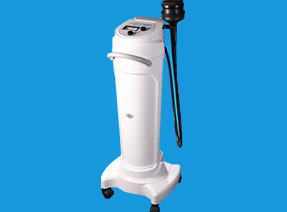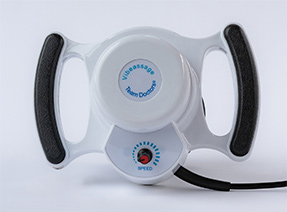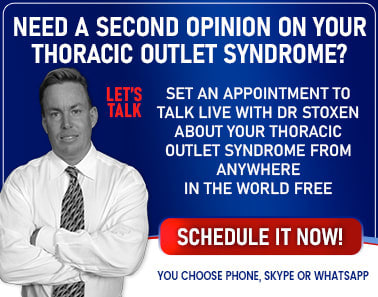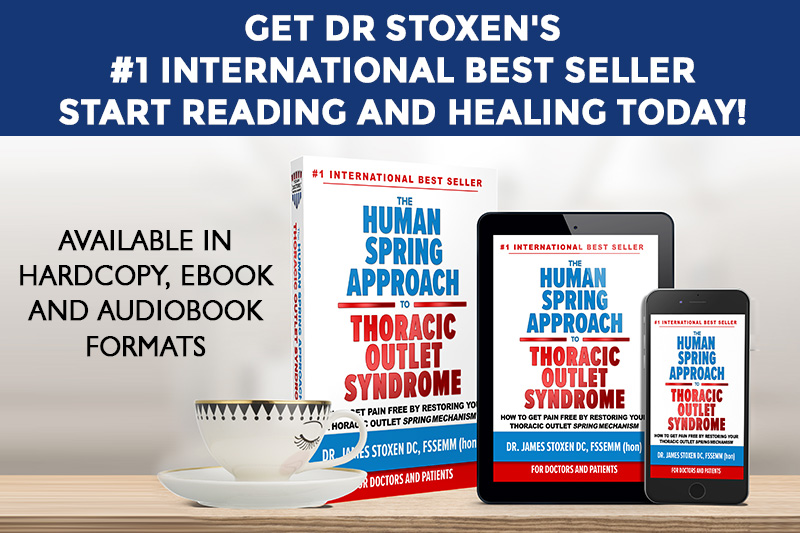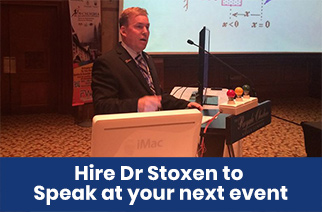THE HUMAN SPRING APPROACH TO
THORACIC OUTLET SYNDROME
by Dr James Stoxen DC., FSSEMM (hon) FWSSEM
GLOSSARY
V
vascular outlet syndrome – there is no such thing as vascular outlet syndrome
vascular surgeon – vascular surgeons are specialists who treat diseases of the vascular system.
vascular thoracic outlet syndrome (VTOS, Vascular TOS) – thoracic outlet syndrome (TOS) is a collection of upper extremity symptoms that result from compression of the artery, vein components of the neurovascular bundle by various structures in the area just above the first rib and behind the clavicle.
vascular thoracic outlet syndrome symptoms – symptoms of vascular thoracic outlet syndrome
vein patch angioplasty – patch a part of the vein that is damaged with a graft.
Venlafaxine (Effexor) – Venlafaxine is an antidepressant belonging to a group of drugs called selective serotonin and norepinephrine reuptake inhibitors (SSNRIs). Venlafaxine affects chemicals in the brain that may be unbalanced in people with depression.
Venlafaxine is used to treat major depressive disorder, anxiety and panic disorder.
venography (phlebography, ascending phlebography) – radiography of a vein after injection of a radiopaque fluid.
venoplasty – a procedure that involves inserting an inflatable balloon to widen your veins and improve blood flow.
Venous Scintillation Scans – (magnetic resonance venography (MRV, positron emission tomography (PET) Venous duplex scan is a painless exam that uses high-frequency sound waves (ultrasound) to capture images of internal views of veins that return blood to the heart.
venous thoracic outlet syndrome (venous compression syndrome, venous TOS) – subclavian vein compression between the clavicle and first rib. It can lead to an abrupt spontaneous swelling of the entire arm and a heaviness of the upper extremity.
venous thoracic outlet syndrome surgery – surgery to remove a blood clot from the subclavian vein, repair the vein and decompress the thoracic outlet
venous thoracic outlet syndrome symptoms – symptoms that are common with venous thoracic syndrome.
venous TOS – characterized by subclavian vein compression between the clavicle and first rib. Most patients with venous TOS experience one or more of the following symptoms: abrupt spontaneous swelling of the entire arm, cyanotic (bluish) discoloration of the arm and/or heaviness of the upper extremity.
venous ultrasound – venous ultrasound uses sound waves to produce images of the veins in the body. It is commonly used to search for blood clots.
ventricular fibrillation – an often-fatal heartbeat irregularity in which the muscle fibers of the ventricles work without coordination and cause a loss of effective pumping action of the heart.
vertigo – vertigo is a sensation of spinning. if you have these dizzy spells, you might feel like you are spinning or that the world around you is spinning.
vestibular apparatus – the vestibule and three semicircular canals of the inner ear. Like an internal carpenter’s level, these structures work with the brain to sense, maintain, and regain balance and a sense of where the body and its parts are positioned in space.
vestibular system – the sensory mechanism in the inner ear that detects movement of the head and helps to control balance. It is the sensory system that provides the leading contribution to the sense of balance and spatial orientation for the purpose of coordinating movement with balance.
vestibulo-ocular reflex (VOR) – a gaze stabilizing reflex: the sensory signals encoding head movements are transformed into motor commands that generate compensatory eye movements in the opposite direction of the head movement, thus ensuring stable vision.
vestibulocollic reflex – a reflex that acts on the neck musculature in order to stabilize the head.
vestibulospinal (VS) – a reflex that causes changes in the activity of body muscles induced by movements of the head in space that stimulate labyrinthine receptors and aimed at stabilizing posture.
vibration reflex – a sustained contraction of a muscle subjected to vibration. This reflex is caused by vibratory activation of muscle spindles — muscle receptors sensitive to stretch.
vibration therapy – type of therapy transmits gentle vibrations throughout the body that stimulate the muscles, causing them to contract and relax. This increases blood flow to the areas that need it for healing.
visual systems – is the part of the central nervous system which gives organisms the ability to process visual detail, as well as enabling the formation of several non-image photo response functions.

Meet Dr James Stoxen DC., FSSEMM (hon)
President, Team Doctors® Masters Academy
www.drstoxen.com
Dr Stoxen’s Curriculum Vitae
Stay connected to our thoracic outlet syndrome social media sites
1.1k
Members

READ THESE CHAPTERS OF DR STOXENS BOOK FREE HERE!
ARTICLE CATEGORIES
- Testimonials (13)
- Success Stories (13)
- Failed TOS Surgery (1)
- Thoracic Outlet Syndrome (11)
- Compartment Syndrome – Forearm (5)
- Shoulder Replacement Surgery (1)
- Cervical Discectomy (1)
- Cervical Fusion Surgery (1)
- What is TOS? (3)
- Thoracic Outlet Anatomy (1)
- Thoracic Outlet Engineering (1)
- Causes Of TOS (6)
- The TOS Examination (1)
- Diagnostic Tests for TOS (1)
- What Mimics TOS? (1)
- Paget-Schroetter Syndrome (2)
- TOS Surgery (2)
- Posture Tips (1)
- Self Treatment (1)
- What doesn’t work and why? (1)
- What works and why? (1)
- Stretches for TOS (1)
- Exercises for TOS (1)
- Surgery for TOS (1)
- Case Studies (2)
- Chapter Reviews (10)
- Uncategorized (16)
VIDEO TUTORIALS
Subscribe to our newsletter
Team Doctors® Master’s Academy
Professional Development Courses
Launching January 1, 2022!
Team Doctors® Master’s Academy
Patient Self-Care Workshops
Launching January 1, 2022!

